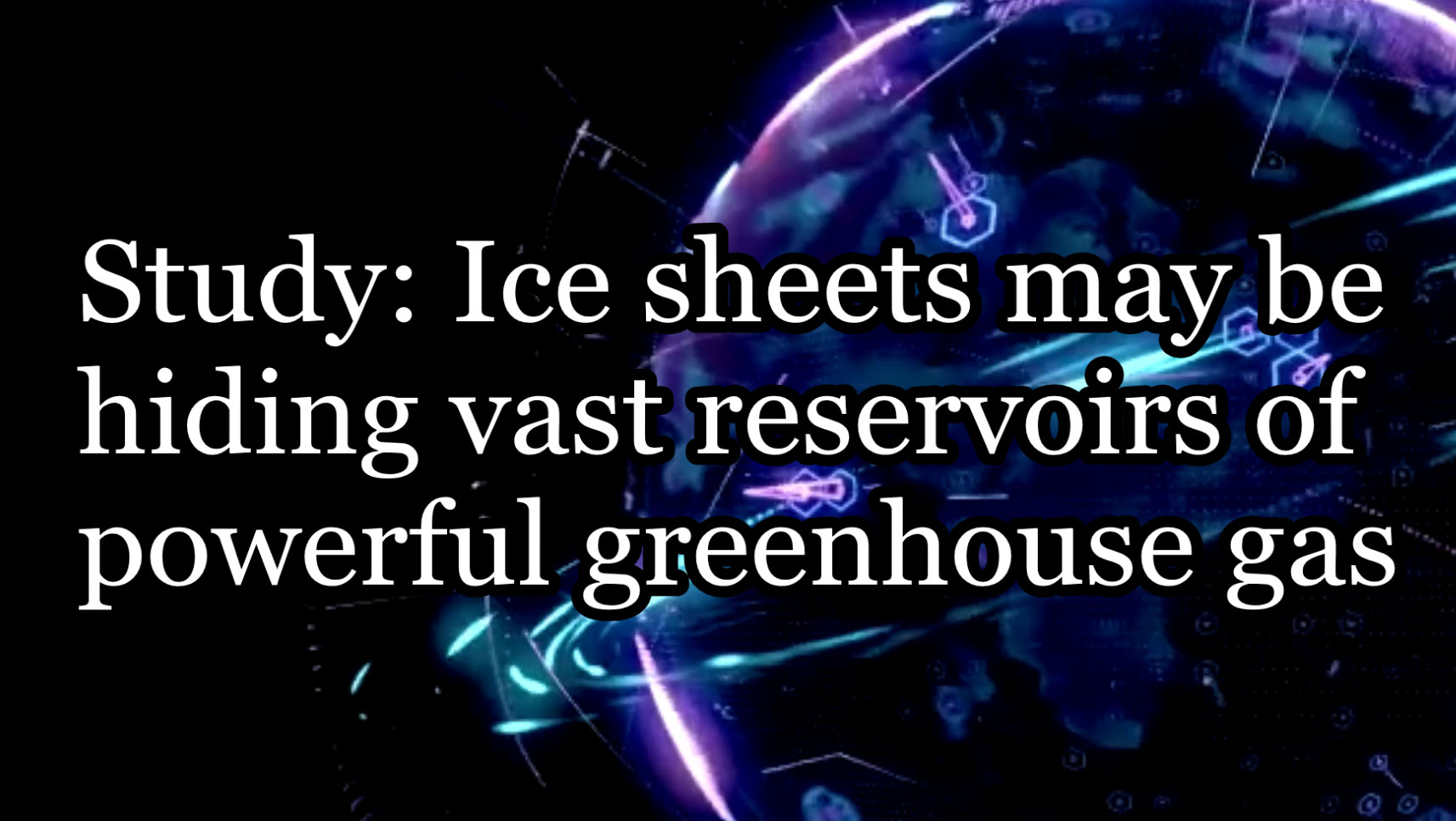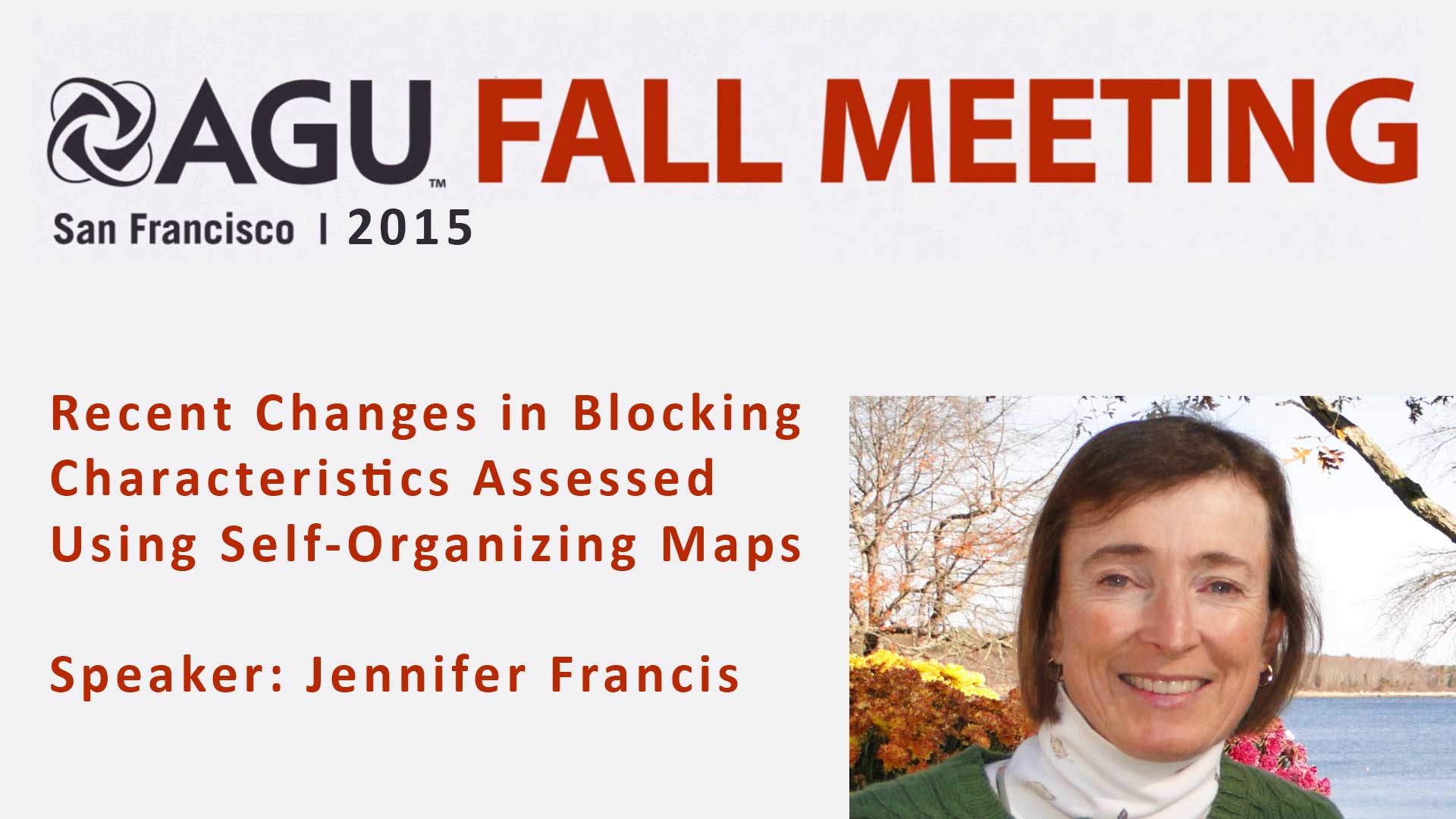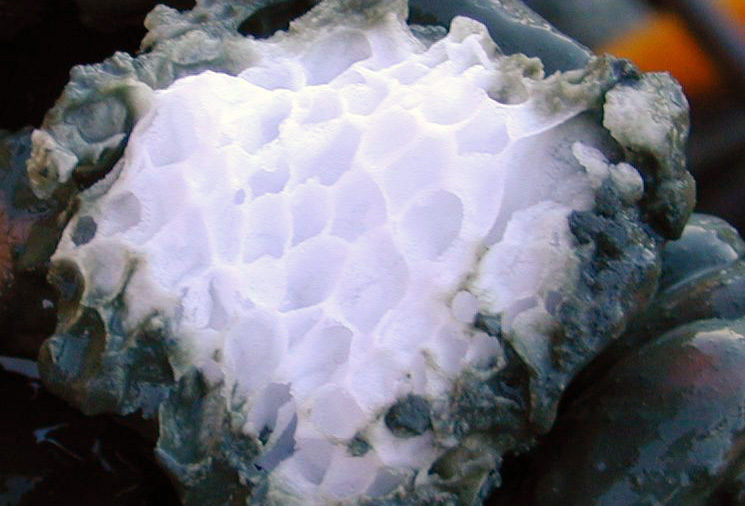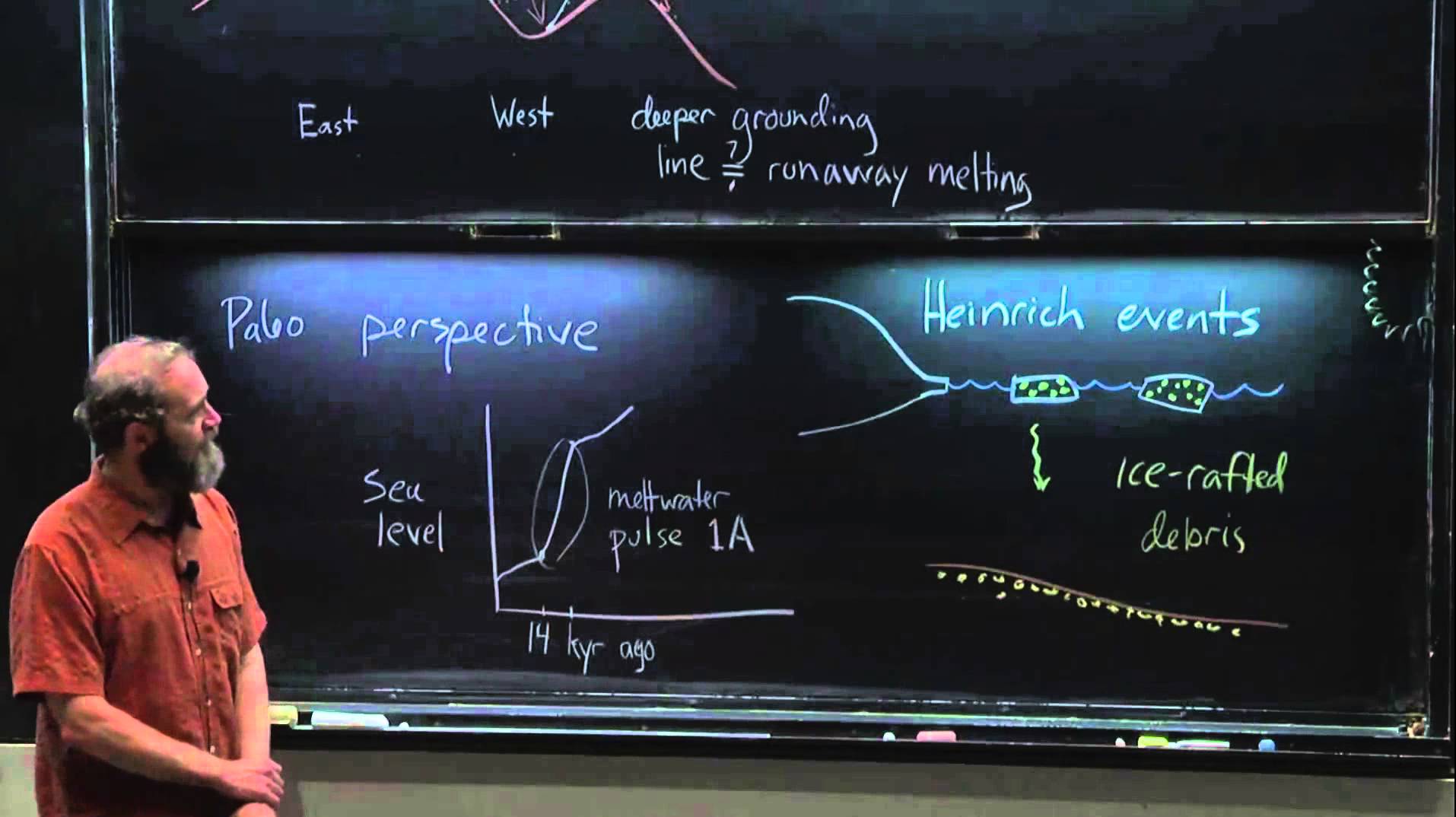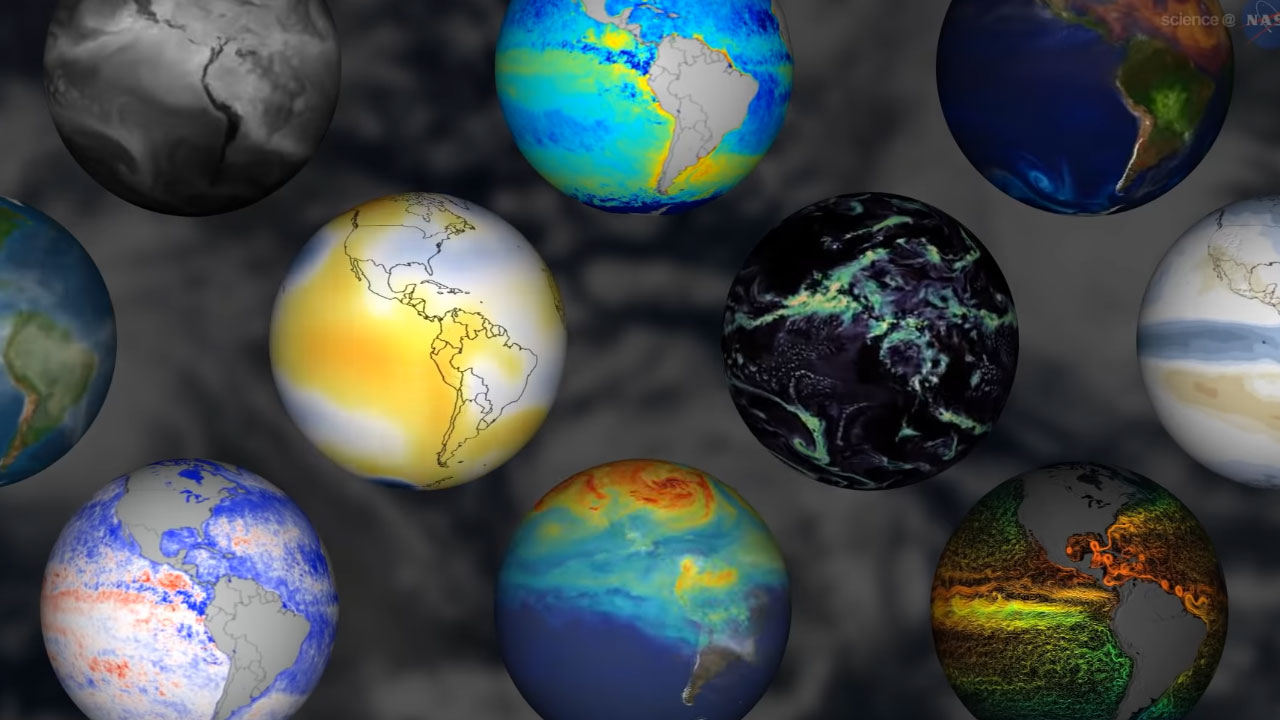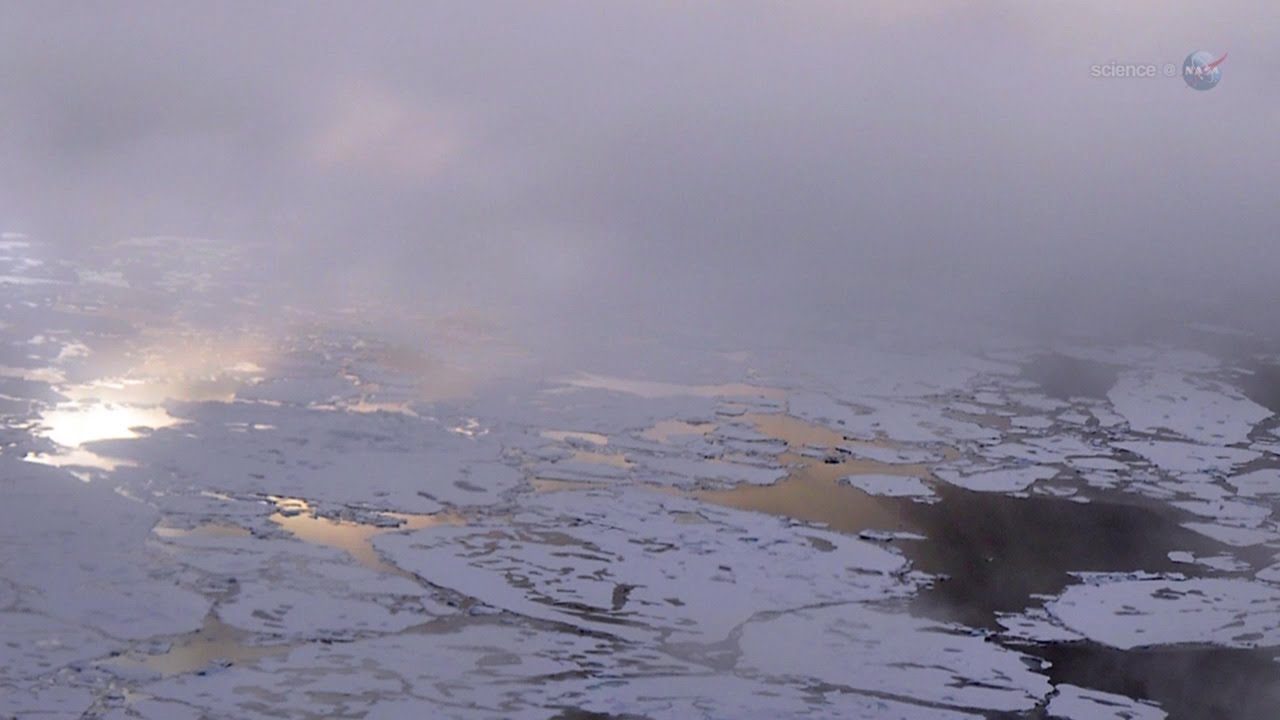Phys: The study indicates that under the frigid weight of […]
https://youtu.be/11G2XyGm-DU Recent Changes in Blocking Characteristics Assessed Using Self-Organizing Maps […]
Andy Skuce discusses a myth that exaggerates the potential risk […]
If you thought oil companies might start to transition to […]
Sea ice melt season 2015 Last year a study reported […]
ARCTIC-WISE: Bridging Northern Knowledges of Change Subsea Permafrost and the […]
Arctic and Antarctic sea ice are both affected by climate […]
As climate change continues to hammer Arctic sea ice, pushing […]
